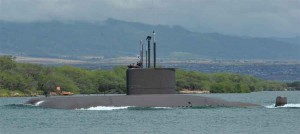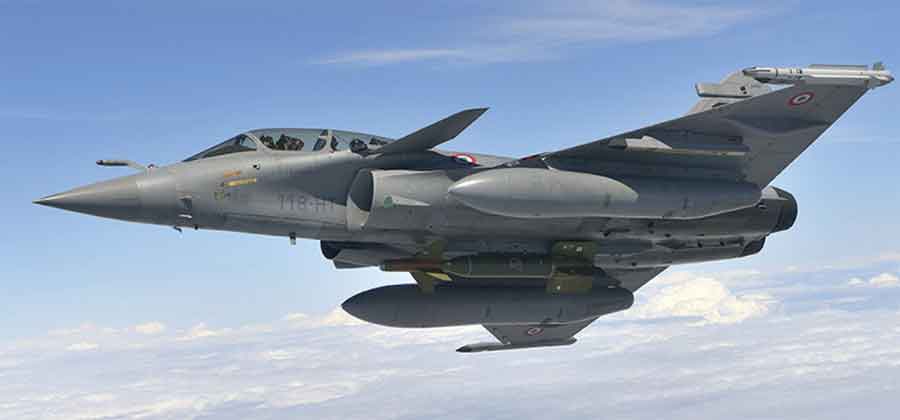
France’s Dassault Rafale is facing an uncertain future as the global fighter market gets ever more competitive
This was one of the triggers for EADS leading to the restructuring of its Cassidian defence division. At the beginning of 2014, the whole EADS group was rebranded as “Airbus Group” consolidating all its activities under a single brand. The Airbus Group also renamed two of its three divisions with Airbus, focusing on commercial aircraft activities; Airbus Defence and Space, integrating the Group’s defence and space activities from Cassidian, Astrium, and Airbus Military; and Airbus Helicopters, comprising all the former Eurocopter commercial and military helicopter activities. The restructuring will result in up to 5,800 job losses in the new Airbus Defence and Space division and the closure of facilities in Germany and Spain although Airbus Helicopters, which has held its position as one of the world’s leading helicopter manufacturers, may absorb some of the redundant staff.
Boeing is also faced with falling orders for its range of military aircraft including the C-17 heavy transport…
Unless additional Eurofighters and Hawk trainers are sold in the near future, BAE Systems faces laying off some 5,000 aerospace workers in the UK. Unlike Boeing and Airbus, the company has no commercial aircraft production to fall back on. BAE Systems does produce warships and military vehicles although both of these sectors are being hit by the downturn in military budgets.
Following discussions about how best to sustain the long-term capability to deliver complex warships, BAE Systems has agreed with the UK MoD that the company will consolidate its shipbuilding operations in Glasgow by investing in new facilities to deliver an affordable Type 26 programme for the Royal Navy. Under these proposals, shipbuilding operations at Portsmouth will cease in the second half of 2014 with a loss of 1,775 jobs including 940 in Portsmouth in 2014 and 835 across Filton, Glasgow and Rosyth by 2016.
BAE Systems also plans to close its armoured vehicle facility in Texas, the third of the company’s US factories to be shut in just over a year. BAE Systems has reduced its US workforce by some 15,000 since 2008. The armoured vehicle market in the US and UK is another sector facing an uncertain future. The UK MoD plans to bring nearly 2,000 recently acquired specialised armoured vehicles, which were purchased with Urgent Operational Requirement (UOR) funding, back from Afghanistan. They include Mine-Resistant Ambush-Protected (MRAP) and IED protection vehicles that will be refurbished and added the army’s core equipment programme. The US DoD is also bringing back thousands of vehicles that will require modification for non-Afghan operations while only a relatively small number will need replacing in the short term.
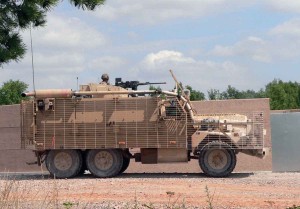
Specialized MRAP vehicles such as this British Army Mastiff, are being withdrawn from Afghanistan to be refurbished
France’s leading military vehicle manufacturers Nexter and Renault have been subjects of a possible merger for some considerable time but to date, nothing has been agreed on although diminishing markets may force a decision in the near future. Dassault, France’s only manufacturer of combat aircraft, is also facing an uncertain future. With production of its Rafale for the French Air Force and Navy being scaled back, Dassault has only achieved one export sale albeit a large one to India, while it failed in the United Arab Emirates and Brazil, and as with the Eurofighter, further sales are remote.
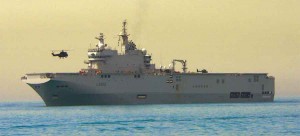
French naval ship builder DCNS has succeeded in selling its Mistral-class Landing Helicopter Dock (LHD) vessel to Russia
Although deliveries of new warships to the French Navy are being delayed, the country’s leading naval shipbuilder DCNS has seen some success in the export market. Its Scorpene-class submarines have been a number of countries in Asia and South America including Brazil where they form the basis for the development of its PROSUB nuclear and conventionally powered submarine programme. DCNS also became the first Western European company to sell warships to the Russian Navy that ordered two Mistral-class Landing Helicopter Dock (LHD) vessels.
Turkey, South Korea, China and Russia are now capable of developing and producing high-end defence products…
Germany’s defence budget will be cut by almost ten per cent by 2016 and the only new equipment acquisitions planned during the next few years are KMW-Rheinmetall Puma Infantry Fighting Vehicles and Airbus A400M tactical transport aircraft. It has also reduced the numbers of Eurocopter Tiger and NH90 helicopters originally ordered. However, the recently formed ThyssenKrupp group that comprises the German shipyards at Kiel, Hamburg and Emden, now forms the most important European group of naval shipbuilders which has a healthy export order book.
The recent history of Italy’s leading aerospace and defence industrial group, Finmeccanica, has been marked by a series of highs and lows. Embroiled in a series of corruption charges that have resulted in the arrest of its Chief Executive, the cancellation of an Indian Air Force AW101 helicopter contract and the uncertain future of Eurofighter, there have been signs of a more positive outlook. Its subsidiary helicopter company AgustaWestland has been awarded SAR helicopter contracts by the UK and Norwegian governments, Alenia’s tactical transport aircraft has been sold to Australia and Venezuela while its M346 Advanced Jet Trainer has been selected by Singapore, Israel and Poland.
Despite cutting its workforce by almost 200 last year, Sweden’s Saab Group finished 2013 on a high with the announcement that Brazil had selected the Gripen fighter over Boeing’s Super Hornet and Dassault’s Rafale for its much delayed F-X2 programme. The latest variant of Gripen, the JAS 39E, is being developed for the Swedish, Swiss and Brazilian air forces as a cost-effective high-performance multi-role fighter that has a useful array of integrated air-to-air and air-to–ground weapons from the United states, Europe and South Africa and could prove to be winning combination for several air forces facing smaller fighter fleet of modern combat aircraft.
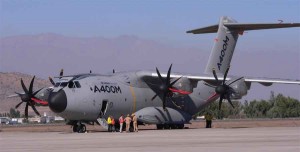
The Airbus A400M tactical transport is beginning to enter operational service after a protracted development
Other issues that are challenging the established Western defence and aerospace industries include export customers wanting to produce their defence products to increase their own local employment, so more orders for Western defence companies do not always translate into more Western jobs. Local employment also involves the often-contentious issue of technology transfer, and in time these indigenous partners of today could become the competitors of tomorrow.
Another area of concern is that countries such as Turkey, South Korea, China and of course, Russia are now capable of developing and producing high-end defence products that can compete with those from the United States and Europe, and often at lower cost to the customer. At the end of the day, the results of deep defence budget cuts not only affect a nation’s armed forces but the loss of vibrant aerospace and defence industries will directly impact a country’s economic future, according to Chuck Hagel, US Secretary of Defense. Hagel warned the Congress that continuing cuts will reduce readiness and undermine the national security interests of the United States. UK Chief of the Defence Staff, General Sir Nicholas Houghton said that if the UK wished to stay in what he called the Premier League of smart power, then it must invest in armed forces that could generate credible hard power capability and deterrence.




